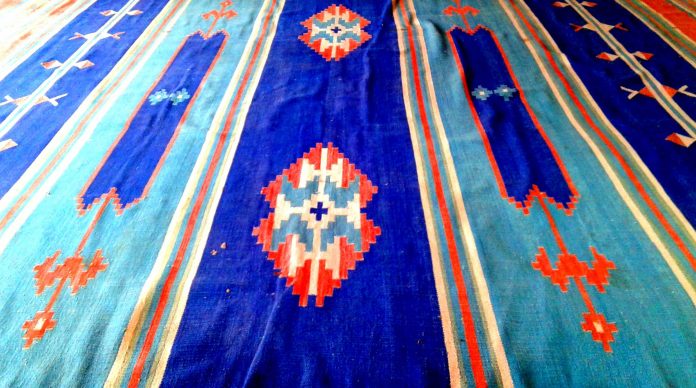Our weekly column ‘Island Insight’ reveals and uncovers interesting information and amazing stories along the way. In this episode we are going to refer to ancient technics in art.
Our goal is to keep ancient techniques and methods alive and to incorporate cultural philosophies into this form of works that are using their own cultural accountability, a philosophical tenet that still allows their motive and ambition to be shown. Traditional crafts are perhaps the most tangible manifestation of the intangible cultural heritage of a people. Safeguarding must be aimed primarily at encouraging artisans to continue to manufacture their products and pass on their knowledge and skills to others, particularly within their communities.
There are numerous expressions within traditional crafts, from tools, clothing, accessories, containers, ritual objects, musical instruments, etc. Some of these expressions can become a legacy that is transmitted from generation to generation. The techniques required to create craft objects are as varied as the objects themselves and can range from delicate and painstaking work to rough chores such as making a sturdy basket or thick blanket.
Etnia Nativa persists in an ancestral technique teaching how to work raw clay for example, in the native way as our ancestors did. It is a whole process that begins by guiding the participants to specific places where even the clay is preserved intact, thus they learn to identify the best raw material and to distinguish high-quality material from the rest of the earth. Once this raw material is extracted, they are guided towards a work of purification of the dry material. Next, when adding water, the cleaning and detoxification begins to end in dehydration and have the raw clay in your hands.
As with other forms of intangible cultural heritage, globalization creates serious obstacles to the survival of traditional forms of crafts. Mass production often supplies the goods necessary for daily life at a lower cost of time and money than manual production. Also, environmental and climatic pressures influence traditional crafts and the deforestation of land diminishes the abundance of the main natural resources and supply. Even when handicraft becomes cottage industry, larger-scale production can cause harm to the environment.
Did you say you love Aruba its origins and cultural heritage? Than this private encounter with our columnist anthropologist is just something for you. Sessions created in a gorgeous setting for visitors with special interests. Appointment is required. etnianativa03@gmail.com or WhatsApp at 297 592 2702 for an exclusive and insiders’ experience.











